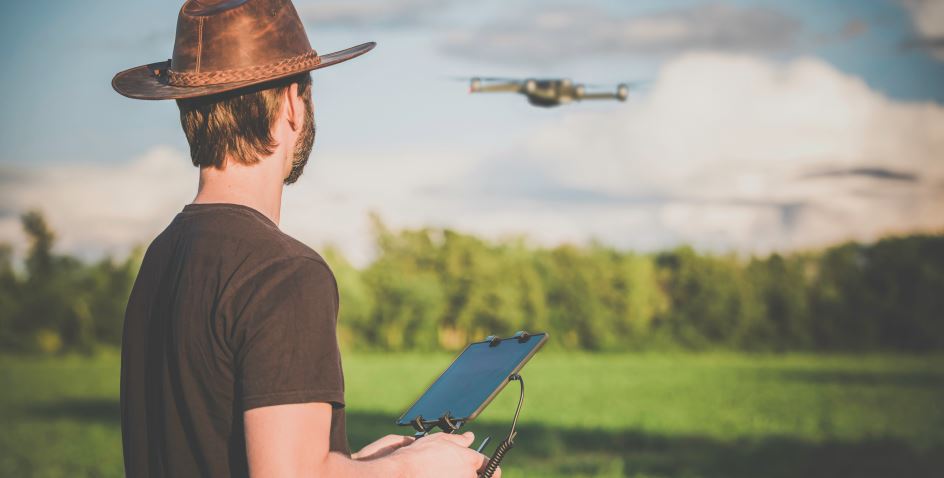“The AFarCloud platform deploys drones on surveillance missions in extensive livestock breeding for animal observation or predator detection.”
Cooperative use of autonomous vehicles in missions improves efficiency and reduces completion time and costs
TECNALIA has led the implementation of a multi-protocol IoT platform for the collection of sensor data, devices and legacy systems on farms through the AFarCloud initiative: allowing for crop and livestock monitoring and decision-making.
This platform offers a solution for the monitoring of agricultural missions with cooperative autonomous vehicles , more specifically missions with drones; UGVs (Unmanned Ground Vehicles) and ISOBUS tractors.
AFarCloud facilitates the automation and deployment of various types of agricultural missions; missions using drones equipped with multi-spectral cameras for pest detection and monitoring of crop health; missions using UGVs for efficient application of plant protection products in the precise quantity and exact location or, missions managing seed/fertilizer doses/etc. to be applied by prescription maps for ISOBUS tractors.
Use of such vehicles is not only restricted to precision farming. The platform allows for the deployment of drones in surveillance missions in extensive cattle breeding for the observation of animals or the detection of predators.
DDS Data Distribution Service Technology
These missions are monitored in real time using Data Distribution Service (DDS) technology; a standard for data exchange on networks with ultra-low latency requirements. The AFarCloud platform uses this technology to enable vehicles to communicate with each other and with the server in real time, enabling continuous monitoring and control of vehicle status and trajectory.
Precision farming aims to manage crops by observing and controlling and controlling any factors affecting them. Autonomous vehicles are appropriate tools to carry out these observation and monitoring tasks. Furthermore, the use of light vehicles, such as UGVs or drones reduces or prevents soil degradation by compaction.
There are currently solutions that address the performance of agricultural work using autonomous vehicles, but there is a lack of cooperation and interoperability between systems, machinery and devices from different manufacturers that perform various tasks.
All of this makes it impossible to have a solution that provides a holistic and integrated view of agricultural processes during all phases of crop development. Furthermore, most of today's market solutions do not allow for collaborative tasks to be performed using machine swarms.

